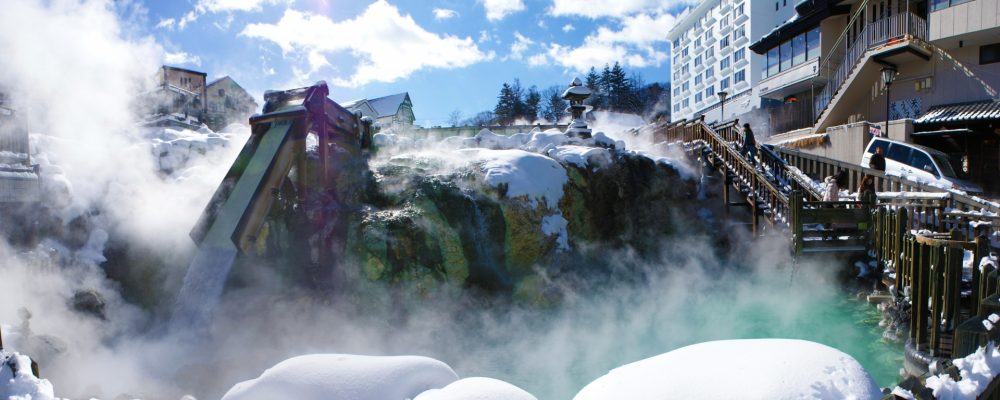In Japan, “Toji” has been used to treat diseases using hot springs for a long time.
The recuperative effects of hot springs are highly valued in modern medicine.
Hot spring water contains different dissolved components, varying geographically.
Classifying these differences is known as the “spring quality”.
It is said that hot springs have the following effects depending on spring quality.
Simple hot spring
Neuralgia, muscle pain, arthralgia, joint paralysis, joint stiffness, refuse, chronic gastrointestinal disease, hemorrhoids, coldness, convalescence, recovery from fatigue, and health promotion
Sulfur spring/For lifestyle-related diseases
In addition to the effects of simple hot springs, chronic skin diseases, chronic women’s diseases, cuts, and diabetes
Chloride spring/For warmth and injury
In addition to the effects of simple hot springs, cuts, burns, chronic skin diseases, weak children, and chronic women’s diseases
Sulfate spring/For stroke and injury
In addition to the effects of simple hot springs, arteriosclerosis, cuts, burns, and chronic skin diseases
Hydrogen carbonate spring/For Natural skin
In addition to the effects of simple hot springs, burns, and chronic skin diseases
Iron-containing spring/For women
In addition to the effects of simple hot springs, menstruation disorders
In addition, there are also physical benefits gained by using hot springs.
Thermal effects
As your body warms up, blood circulation improves and metabolism speeds up, which can stimulate the discharge of waste matter accumulated in your body. It helps to fight fatigue because it eliminates or reduces muscular problems in your body including stiff shoulders. In addition, as the blood flow improves through thermal action, internal organs like the intestines are activated and your metabolism is improved. The thermal effects of the hot spring can be best experienced by soaking yourself in hot water at 38 ℃ to 40 ℃ for 15 to 20 minutes.
Hydraulic effects
As the hydrostatic pressure is applied to the surface of your body, the internal organs are stimulated.
This is like kind of natural massage.
Approximately one-third of the total blood gathers in the legs and this blood is sent back to the heart, so the legs are sometimes referred to as the “second heart”.
The blood of this leg on land, gravity interferes and blood does not easily rise to the heart. Gravity interferes with the circulation of blood from the leg to the heart while standing.
However, when taking a bath, the water pressure narrows the blood vessel, and the blood is pushed up towards the heart.
As a result, the flow of blood in the veins of lower limbs improves and the circulation of blood and lymph fluids also becomes more active.
Buoyancy effects
If you soak your neck in a hot spring, you will be about a tenth of your normal weight and you will be able to move your body more freely.
The muscles relaxed as your body feels lighter; during this time, it seems that the brain waves tend to be in a relaxed status and produces alpha waves.
It is also used for rehabilitation of people suffering from muscular dystrophy or decreased motor functions.

